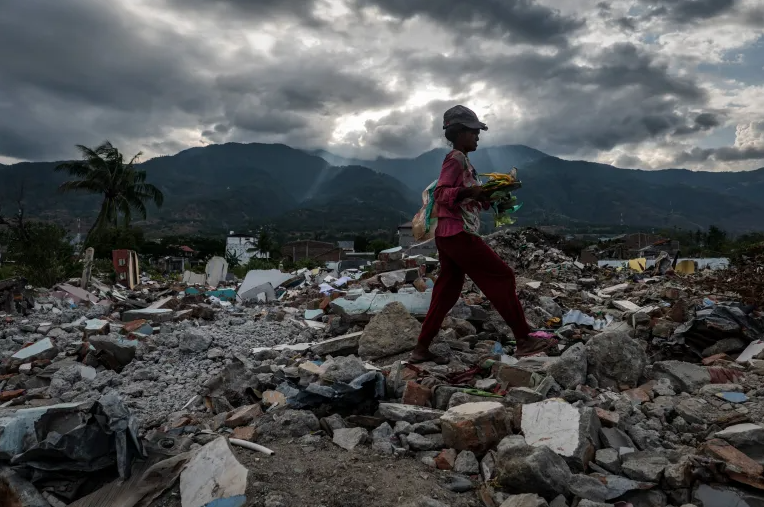
Google has collaborated with Harvard University to develop a weather prediction system named GraphCast capable of generating forecasts for up to 10 days in less than a minute. It has been found to be 10 to 30% more accurate than the European model. According to Remy Laam, Chief Research Scientist at Google DeepMind, one of the main challenges in preventing the loss of lives during earthquakes is pinpointing their location and tracking the aftershocks that can continue for a long time, leading to the collapse of weakened structures.
While human experts can predict incidents and locations to some extent, there is room for improving the accuracy and timing of predictions, and this is where artificial intelligence can play a crucial role. GraphCast was trained on analyzing over 131,000 aftershocks, creating a database to understand and identify patterns. The neural network’s performance was superior to current earthquake prediction systems, achieving an accuracy rate close to 85%.
Companies like Microsoft, Nvidia, Huawei, and Massachusetts Institute of Technology (MIT) have also claimed the effectiveness of their AI-based weather models compared to the widely used European model. Nvidia, for instance, asserts that its model, named ForcasterNet, is 50,000 times faster than traditional models and 10,000 times more energy-efficient.
MIT researchers developed an AI system capable of predicting rare disasters such as bridge collapses and rogue waves. Scientists from Brown University and MIT demonstrated how AI can be linked to small datasets to predict rare and destructive events. Geological scientists at the University of California created a new technique using AI to better predict the location and cause of landslides.
Artificial intelligence excels in disaster prediction due to its capabilities:
- Data Analysis: AI can analyze vast amounts of data quickly and accurately, enabling effective information gathering from multiple sources like social media channels or sensor networks in disaster scenarios where time is critical.
- Predictive Analytics: AI provides predictive analytics by analyzing historical data alongside real-time information during a disaster. This allows predictive models to estimate potential impacts, predict affected areas, and even anticipate future risks.
- Automated Decision-Making: AI systems can be programmed to make independent decisions based on predefined rules or learned patterns. In disaster management, this capability proves invaluable for quickly determining critical positions, efficiently allocating resources, and coordinating emergency responses.
- Natural Language Processing: AI systems equipped with natural language processing can process and understand human language in real-time. This enables them to analyze briefs from social media, news articles, or emergency calls during a disaster, providing valuable insights to decision-makers regarding public sentiments or emerging issues that may require immediate attention.
- Robots and Automation: AI-driven robots can assist in search and rescue missions by navigating hazardous environments inaccessible to humans due to safety concerns. These robots can perform tasks such as debris removal or locating survivors using sensors and image recognition technologies.
AI stands out in its ability to analyze extensive datasets rapidly, make predictive analyses, automate decision-making processes, process natural language, and utilize robots and automation for disaster management tasks. Its contributions in these areas are invaluable in enhancing the effectiveness and efficiency of disaster response efforts.
Leave a Reply